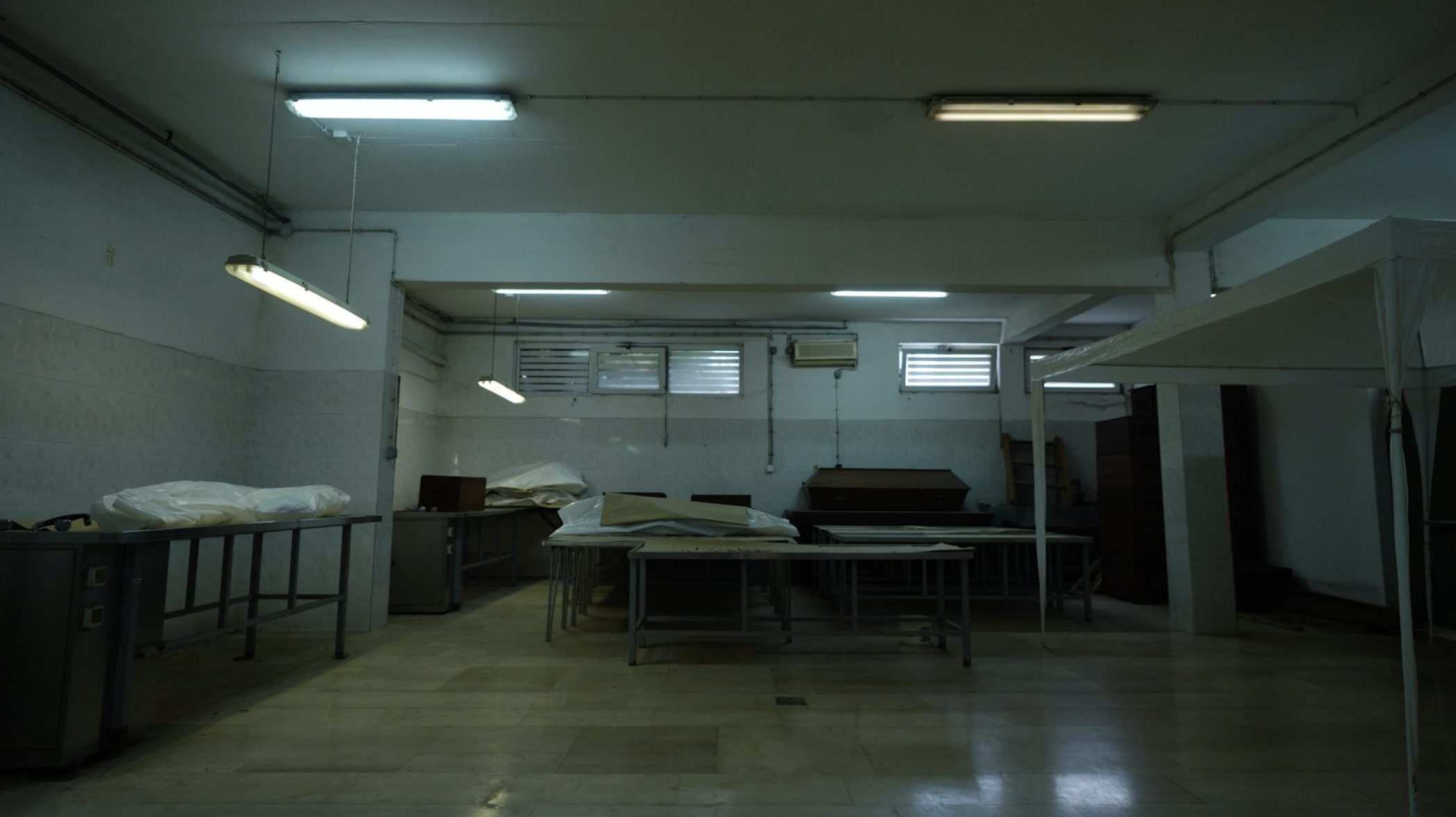This post is also available in: Bosnian
On the second day of closing statements at Ratko Mladic’s trial, the prosecution said the former Bosnian Serb military chief praised and promoted officers involved in ethnic cleansing and murder.
Prosecutor Arthur Traldi told the International Criminal Tribunal for the Former Yugoslavia on Tuesday that claims by the defence that Ratko Mladic protected Bosnia’s non-Serb population during the war and punished the perpetrators of crimes were false.
Traldi said that the evidence presented during Mladic’s four-and-a-half-year trial showed exactly the opposite – that the Bosnian Serb Army commander did not punish but promoted subordinates who were responsible for ethnic cleansing and murder.
The prosecutor mentioned the example of Rajko Kusic, commander of the Bosnian Serb Army’s Rogatica Brigade, who Mladic promoted despite the crimes that his soldiers committed in the Rogatica municipality.
He also said that an officer who sent an official letter to Kusic, calling on him to “stop the massacres”, was removed from duty.
According to Traldi, Kusic continued to commit crimes in the Rogatica area until 1995, while Mladic praised him.
He played a recording in the courtroom, on which Mladic said: “Way to go, Kusic” and calling him “a meritorious officer”.
“In order to advance within the VRS , one had to be a successful ethnic cleanser,” Traldi said.
As proof that Mladic knew about the crimes that were committed and gave orders to cover them up, Traldi mentioned a note from the general’s wartime diary, indicating that information about a mass grave in the Tomasica mine, near Prijedor, should be concealed.
“Mladic praised the successful ethnic cleansing campaign and he did not punish the perpetrators,” the prosecutor said.
Traldi also rejected Mladic’s orders about respecting international war regulations and the Geneva conventions, saying they were “toothless and cosmetic”.
The prosecutor said that “nobody was punished even when the perpetrators admitted the crimes and weapons and victims’ bodies were still available … because soldiers did what they were supposed to do – perform ethnic cleansing of territories”.
Responding to claims by Mladic’s defence that 3,000 non-Serbs remained in the municipality of Sanski Most during the war, the prosecutor said 28,000 of them had lived there before the conflict.
Traldi then cited documents issued by the Bosnian Serb authorities which mentioned “the necessity to remove non-Serbs”.
“Those men were moved through the commission of horrible crimes, mass arrests, massacres, destruction of villages,” the prosecutor said, mentioning the murder of 29 women and children in the village of Hrustovo, near Sanski Most, in May 1992 as an example.
Mladic Accused of Genocide in 1992
Continuing the presentation of their closing arguments on Tuesday, Hague Tribunal prosecutors alleged that Ratko Mladic was responsible for a campaign of ethnic cleansing and genocide carried out by Bosnian Serb troops under his command in 1992, as well as the Srebrenica genocide in 1995.
Prosecutor Arthur Traldi told the court that in a space of just one week, in July 1992, the Bosnian Serb army used “brutal force” to attack and destroy neighbourhoods in Prijedor, killing hundreds of non-Serbs, and expelling and detaining civilians in the Omarska, Keraterm and Trnopolje camps.
Traldi said that Bosniak and Croat men were abused, some until they died, while women were raped. The condition in the camps were “inhumane”, Traldi said.
The prosecutor objected to Mladic’s defence’s claims that civilian authorities and police were to blame for crimes in camps, presenting evidence that soldiers brought prisoners to camps and guarded them.
He added that in the space of one week, 1,500 people were killed in Prijedor and their bodies were thrown in a mass grave in Tomasica.
Traldi rejected Mladic’s claims that the Bosnian Serb Army did not bury victims’ remains in Tomasica and presented evidence that army machinery was used in their burial.
Prosecutor Alan Tieger said meanwhile that the “crimes and genocide were a necessary tool to permanently remove unwanted non-Serbs from territories which the Serbs’ leaders wanted”.
Tieger said that the evidence led to the conclusion that Mladic and other members of the joint criminal enterprise of which he was part had the genocidal intent to destroy Bosniaks and Croats in Prijedor.
“Mladic’s intent to destroy non-Serb communities is undisputed, and that intent is called genocide,” said Tieger.
Mladic stands accused of the genocide of Bosniaks from Srebrenica in 1995, the persecution of Bosniaks and Croats throughout Bosnia and Herzegovina, which allegedly reached the scale of genocide in several other municipalities in 1992, terrorising the population of Sarajevo during the 44-month siege of the Bosnian capital, and taking UN peacekeepers hostage.
The Srebrenica massacres saw the killing of more than 7,000 Muslim men and boys by Bosnian Serb forces, while about 10,000 people died under siege in Sarajevo due to sniper fire, shelling, and other privations.
The 74-year-old has said he is innocent of the charges.
The prosecution will give closing statements until Wednesday, while the defence will sum up between December 9 and 13.
Both sides will then have the opportunity to comment on each other’s closing statements on December 15 at the UN court.
The trial began in May 2012, and a verdict is expected in 2017.


